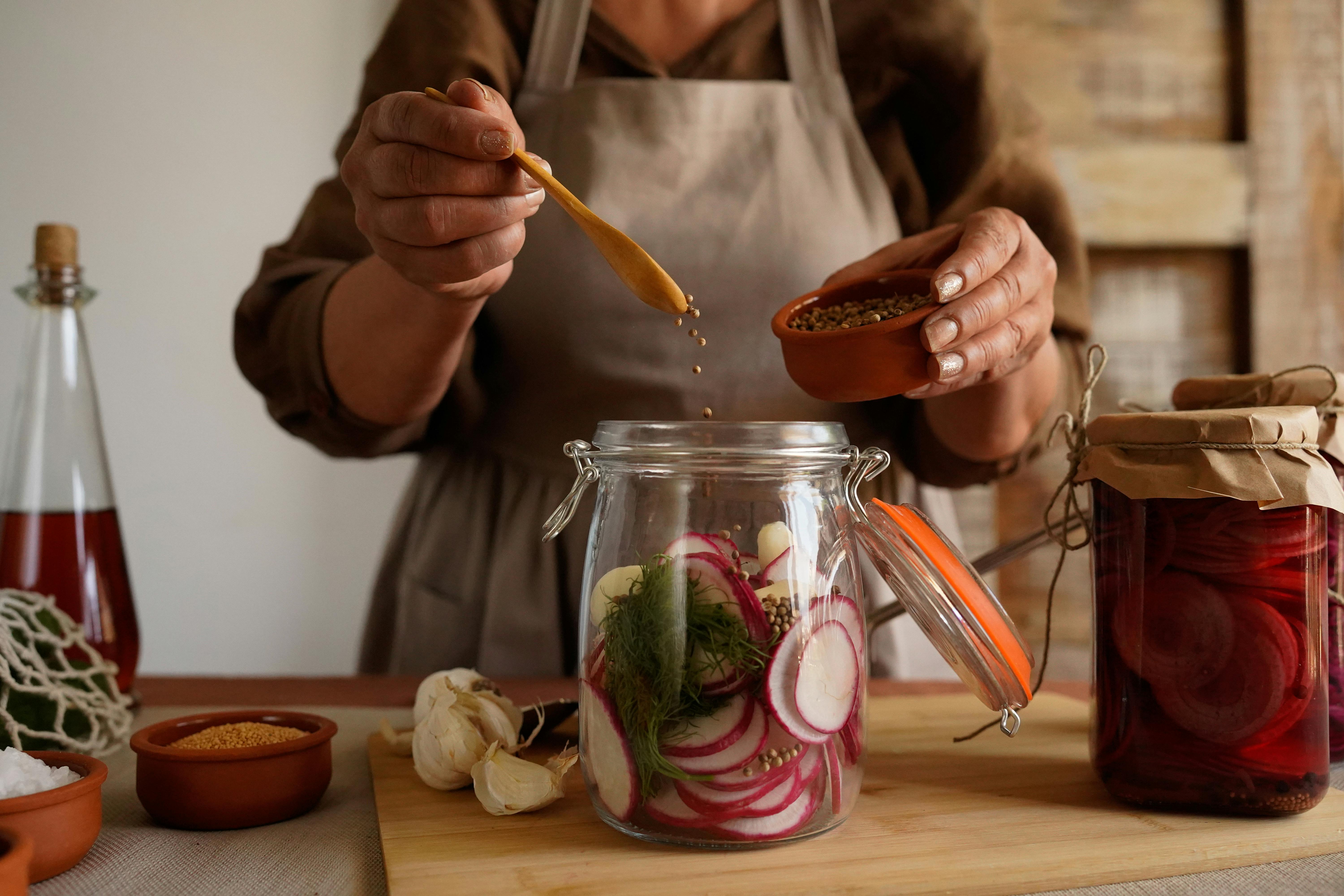Smart Ingredient Swaps to Cut Waste and Cost
Smart ingredient swaps can reduce both food waste and grocery bills while improving flavor and nutrition. By choosing seasonal produce, buying spices in bulk, embracing fermentation, and rethinking mealprep, cooks can stretch ingredients further. This article outlines practical swaps, preserving techniques, and real-world cost comparisons to help you make more sustainable and economical choices in the kitchen.

How can seasonal produce reduce waste?
Choosing seasonal produce is a practical way to cut waste and cost. Seasonal fruits and vegetables are fresher, more flavorful, and often priced lower because they require less transportation and refrigeration. When vegetables are in season, they store and cook better, which lowers the chance of spoilage. Planning recipes around weekly market picks, freezing surplus, or turning bruised fruit into compotes and smoothies are simple strategies. Emphasizing seasonality in your meal planning helps align recipes with available ingredients and supports sustainability by reducing the carbon costs tied to out-of-season imports.
What swaps work for spices and flavor?
Spices are one of the most flexible ways to swap ingredients without sacrificing taste. Instead of buying many small jars, consider bulk purchases or blending your own mixes to cover multiple recipes. Dried herbs can replace fresh ones in cooked dishes—use about one-third the amount by volume—and citrus zest or a splash of vinegar can brighten flavors when fresh herbs aren’t available. Swapping expensive single-origin spices for well-sourced alternatives or using toasted seeds and aromatics can recreate similar profiles at lower cost while keeping culinary variety high.
How does fermentation and preserving extend ingredients?
Fermentation and preserving transform surplus produce into longer-lasting, nutritious ingredients. Sauerkraut, kimchi, pickles, and lacto-fermented vegetables extend shelf life and create new flavor dimensions for bowls, sandwiches, and side dishes. Canning, freezing, and making compotes or chutneys also turn excess fruit into pantry staples for months. These methods reduce waste by stabilizing perishable items, add nutrition through probiotic or concentrated nutrient profiles, and provide versatile components that simplify future mealprep, from quick salads to mixed dishes.
Which baking, roasting, and mealprep swaps save money?
Baking and roasting swaps can be both economical and creative. Substitute part of wheat flour with oats or ground nuts for texture, or use mashed root vegetables as fat-reducing fillers in baked goods. Roasting vegetable scraps for stock or turning day-old bread into croutons or breadcrumbs reduces discard. For mealprep, bulk-cooking grains, legumes, and roasted vegetables creates interchangeable components for multiple dishes. These approaches streamline cooking, lower overall ingredient spend, and reduce the impulse to buy single-use convenience items while delivering consistent nutrition and flavor.
How can plantbased pairing improve nutrition and sustainability?
Plant-based swaps—such as using beans, lentils, or tofu in place of some meat—lower cost and diversify nutrients. Pairing legumes with grains or seeds improves amino acid balance, increasing overall nutrition without expensive supplements. Experimenting with herbs, spices, and fermented condiments enhances satisfaction and mouthfeel in plantforward dishes. Thoughtful pairing also stretches fresh produce: roasted vegetables with a spice-forward sauce, or preserved citrus with grains, can make modest amounts feel abundant and reduce both waste and reliance on packaged products.
Real-world cost and provider comparison
Understanding where to buy and which services help reduce waste can influence household costs. Subscription boxes that sell cosmetically imperfect produce, bulk spice suppliers, and membership discount retailers can all lower per-unit prices and reduce spoilage. Below is a comparison of common options for sourcing imperfect produce, bulk spices, and pantry staples that support waste reduction and economical cooking.
| Product/Service | Provider | Cost Estimation |
|---|---|---|
| Ugly/Imperfect Produce Boxes | Imperfect Foods | Typical boxes range from about $20–$60 per delivery depending on size and selection |
| Subscription Produce Boxes | Misfits Market | Weekly boxes often range $20–$40 depending on box size and offers |
| Bulk Spices (retail & online) | Penzeys Spices | Individual spice jars often $4–$15; bulk pricing lowers per-ounce cost |
| Discount Bulk Pantry | Thrive Market | Membership model (~$59.95/yr historically) with discounted pantry items; per-item savings vary |
| Local Produce (farmers’ markets) | Local farmers’ markets | Prices vary widely by region; often competitive with supermarkets and fresher leading to less waste |
Prices, rates, or cost estimates mentioned in this article are based on the latest available information but may change over time. Independent research is advised before making financial decisions.
Conclusion Smart ingredient swaps are practical, culinary, and financial tools. Focusing on seasonal produce, bulk spices, fermentation, and flexible baking or roasting techniques helps households reduce waste while maintaining nutritional quality and flavor. Combining thoughtful mealprep with local or discount sourcing can lower per-meal costs and make cooking more resilient. Adapting recipes to available ingredients and preserving surplus are repeatable habits that support sustainability and a more resourceful kitchen.





